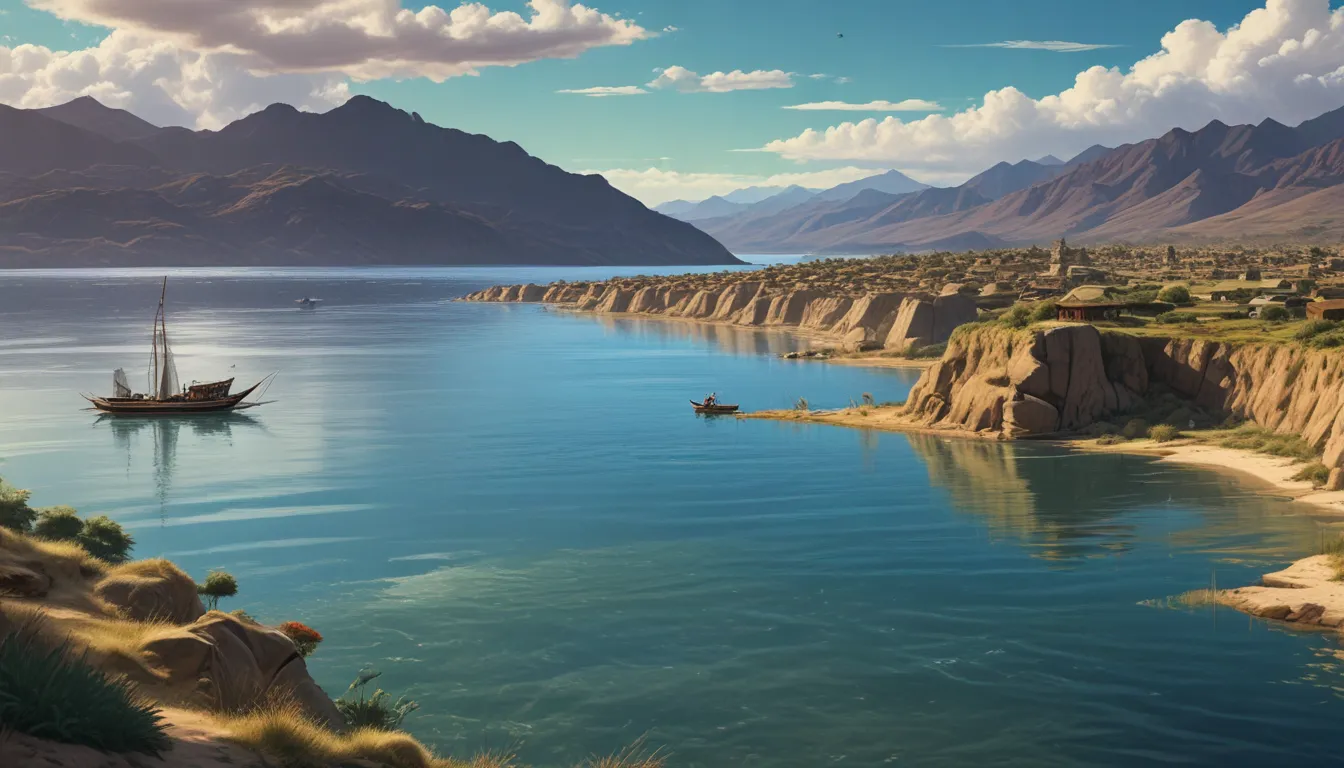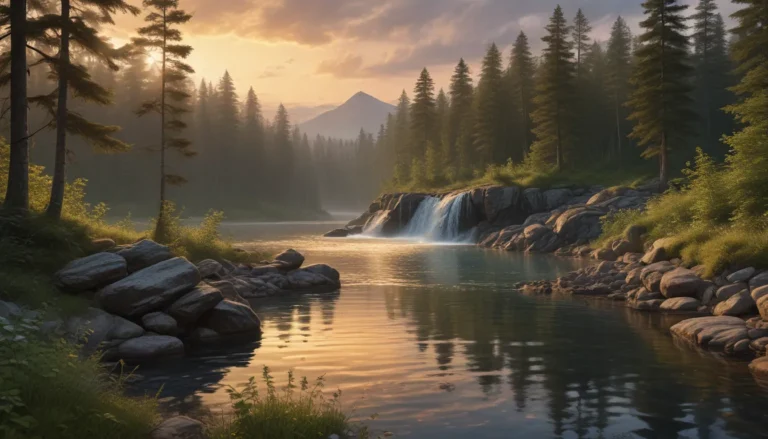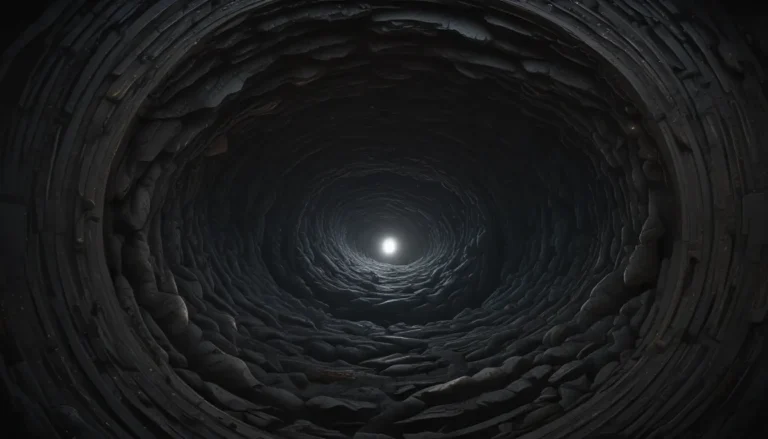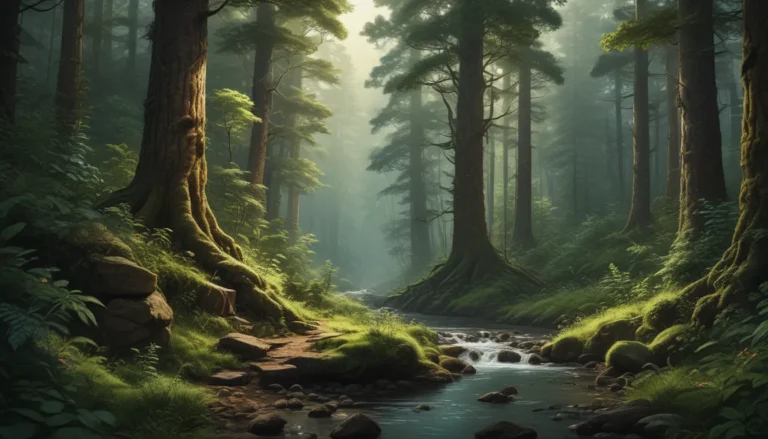The pictures we use in our articles might not show exactly what the words say. We choose these pictures to make you interested in reading more. The pictures work together with the words but don’t take their place. The words still tell you the important facts.
Nestled high in the Andes Mountains between Peru and Bolivia lies the mystical wonderland of Titicaca Lake. This natural treasure has captured the hearts and imaginations of travelers and researchers alike, thanks to its breathtaking beauty, rich cultural history, and unique biodiversity. In this article, we will take a deep dive into the fascinating facts about Titicaca Lake that will leave you in awe of its grandeur and the mysteries it holds. Get ready to embark on a journey of discovery and explore the wonders of this extraordinary lake.
Discovering the Enchanting Titicaca Lake
Titicaca Lake, the largest in South America, is a place of wonder and magic. With its dazzling landscapes, ancient ruins, and vibrant culture, it offers a unique experience for nature enthusiasts and history buffs alike. Situated at an elevation of 3,812 meters (12,507 feet) above sea level, this mesmerizing body of water spans the borders of Peru and Bolivia, captivating visitors with its stunning natural beauty and rich cultural heritage.
Unveiling the Mysteries of Titicaca Lake
A Sacred Place with Ancient History
Titicaca Lake holds immense spiritual significance to the indigenous people of the Andean region, believed to be the birthplace of the Inca civilization and a sacred site to this day. Surrounded by ancient ruins and temples dating back over 2,000 years, the lake is a testament to its historical and cultural importance, offering a glimpse into the past civilizations that once thrived in this mystical place.
The Marvel of Floating Islands
One of the most extraordinary features of Titicaca Lake is its floating islands, entirely made of totora reeds. Home to the indigenous Uros people, these man-made islands have been their dwellings for centuries, showcasing their unique way of life and resourcefulness. The reeds serve multiple purposes, from shelter and crafts to food, making these islands a fascinating example of human adaptation to the environment.
A Sanctuary for Biodiversity
Titicaca Lake is not just a cultural marvel but also a hotspot of biodiversity. With over 530 species of aquatic life, including unique fish, frogs, and water birds, the lake teems with life both in its waters and surrounding wetlands. Migratory birds flock to the area, adding to its charm and making it a paradise for birdwatchers and nature enthusiasts.
Delving Into the Rich Cultural Heritage
Mythology and Legends
According to ancient Andean mythology, Titicaca Lake is believed to be the birthplace of the Sun and the Moon, where the creator god Viracocha emerged and brought light and life to the world. This mystical belief adds to the enchanting aura surrounding the lake, captivating visitors with its tales of creation and divine origins.
The Legacy of the Incas
Titicaca Lake has a deep connection to the history of the Inca civilization, with the nearby Island of the Sun believed to be the birthplace of the Inca sun god, Inti. Exploring this island offers a glimpse into the fascinating world of the Incas, their rituals, and architectural marvels, enriching the visitor's understanding of this ancient culture.
Exploring the Islands of Amantani and Taquile
Visitors to Titicaca Lake are treated to the picturesque islands of Amantani and Taquile, where the traditional Andean way of life is preserved. Colorful textiles, lively festivals, and warm hospitality welcome guests, offering a unique cultural experience. Spending a night on these islands is an unforgettable journey into the heart of Andean culture, filled with beauty and authenticity.
Experiencing the Natural Splendor
Majestic Mountain Surroundings
Titicaca Lake is set against a backdrop of towering Andean peaks, creating a breathtaking landscape that enchants photographers and nature lovers. The snow-capped mountains provide a stunning setting for the lake, adding to its allure and making it a perfect destination for those seeking natural beauty and tranquility.
Journey to La Paz, Bolivia
As the gateway to Bolivia's capital, La Paz, Titicaca Lake offers travelers a scenic journey through magnificent landscapes and cultural heritage. The trip from the lake to the city showcases the beauty of the region and provides a glimpse into the vibrant traditions of both Peru and Bolivia, creating a memorable experience for visitors.
Embracing Cultural Festivals and Traditions
Titicaca Lake is a hub of vibrant cultural celebrations, with festivals and ceremonies held throughout the year. Traditional dances, music, and elaborate costumes highlight the deep-rooted traditions of the local communities, inviting visitors to immerse themselves in the colorful and lively Andean culture.
Preserving the Past: Underwater Archaeology
Beneath the crystal-clear waters of Titicaca Lake lie hidden archaeological treasures, waiting to be discovered. Divers have unearthed artifacts, pottery, and remnants of ancient temples, offering a glimpse into the civilizations that thrived in this mystical place. Exploring the underwater realm is like stepping back in time, revealing the secrets of the past.
Protecting a UNESCO World Heritage Site
In recognition of its cultural, historical, and natural significance, Titicaca Lake and its surrounding areas have been declared a UNESCO World Heritage Site. This prestigious designation ensures the preservation of the lake for future generations to appreciate and cherish, safeguarding its unique biodiversity and cultural heritage.
Planning Your Adventure
Visiting Titicaca Lake is an unforgettable experience that offers something for everyone. Whether you are a nature lover, history enthusiast, or culture seeker, this remarkable destination promises an adventure like no other. Exploring the floating islands, ancient ruins, and vibrant festivals will leave you with memories that last a lifetime, making Titicaca Lake a must-visit destination in South America.
Frequently Asked Questions
Q: How deep is Titicaca Lake?
A: Titicaca Lake has a maximum depth estimated to be around 281 meters (922 feet).
Q: Do the Uros people live on floating islands?
A: Yes, the Uros people have constructed artificial islands made of totora reeds that float on Titicaca Lake, serving as their homes and a major tourist attraction.
Q: Are there ancient ruins around Titicaca Lake?
A: Yes, several ancient ruins, including the ruins of Tiwanaku, are found near Titicaca Lake, offering a glimpse into the pre-Columbian history of the region.
Q: Can you swim in Titicaca Lake?
A: Swimming is possible in Titicaca Lake, although the water can be cold due to the high altitude, so wearing a wetsuit is recommended.
Q: When is the best time to visit Titicaca Lake?
A: The dry season from May to October is the best time to visit Titicaca Lake, with mild weather and less chance of rain. Be prepared for cold temperatures, especially in the mornings and evenings.
Q: Are there endangered species in Titicaca Lake?
A: Yes, including the Titicaca water frog. Conservation efforts are underway to protect these species and their habitats, ensuring the lake's ecosystem remains healthy and diverse.
Wrapping Up
In conclusion, Titicaca Lake is a treasure trove of nature, culture, and history, offering a unique blend of enchanting landscapes, ancient traditions, and biodiversity. From its floating islands to its ancient ruins, the lake promises an unforgettable journey into the heart of the Andes, where mysteries wait to be uncovered and wonders abound. Whether you seek adventure, relaxation, or cultural immersion, Titicaca Lake has something for everyone, beckoning you to explore its beauty and heritage. So, plan your trip, soak in the magic of this extraordinary destination, and create memories that will last a lifetime.






